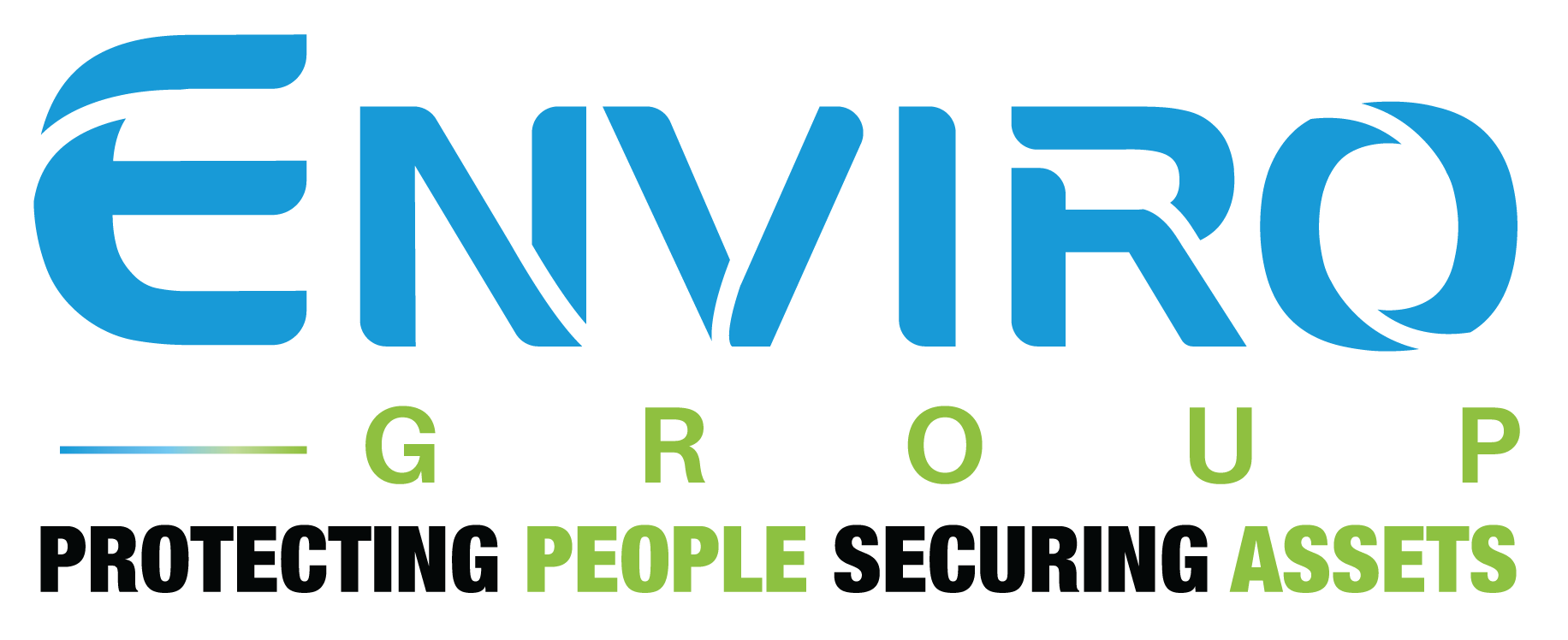Indoor air quality illustrates how indoor air can affect a person’s health, comfort, and work productivity. As the COVID-19 pandemic lockdown approaches a new norm for most businesses, indoor air quality has been a large focus of attention for facilities management and tenants for safe work practices and preventive measures. The coronavirus pandemic has slingshot indoor air quality to the highest concern as published guidelines from MOH helped in providing the strategies to minimise the impacts of the coronavirus in offices, retail, and education.
Raising the Benchmark of Indoor Air Quality and Hygiene Levels
The issues of poor indoor air quality are not uncommon yet most are not aware of the impacts. Building Related Illnesses is a well-known term that correlates illnesses to specific conditions of the building when building occupants may contract illnesses such as Legionnaires disease, hypersensitivity pneumonitis and asthma. In contrast, Sick Building Syndrome where building occupants experience headaches, dry cough, dizziness, difficulty in concentrating, and other symptoms when being in a building with poor air quality.
Recent research has established that impacts of poor indoor air quality may include productivity, decision-making, and well-being. Buildings are prone to several but not limited to indoor air contaminants such as volatile organic compounds (from cleaning agents, furniture, and other materials), and bacteria, mold, and viruses. Poor ventilation exacerbates the presence of these contaminants.
In shared or enclosed spaces such as office environments, bacteria and viruses may linger on high touch areas or spread via droplets in the air among people in close proximity. It is important that facility management and building occupants adhere to safety precautions and increases their awareness in the current state of the pandemic. For example, hospitality industries had their cleaning frequency increased five-folds per day and commercial buildings as many as three-folds depending on the conditions, all for the sake of the country’s economic reboot.
The sanitisation, disinfection and assessment methods had to be incorporated into the new standard operating procedures (SOP) for most buildings to curb the infections and enhance safety protocols. The focus on Indoor Air Quality (IAQ) and advanced sanitisation methods should be the main priority for facility management during the post pandemic new norm.

